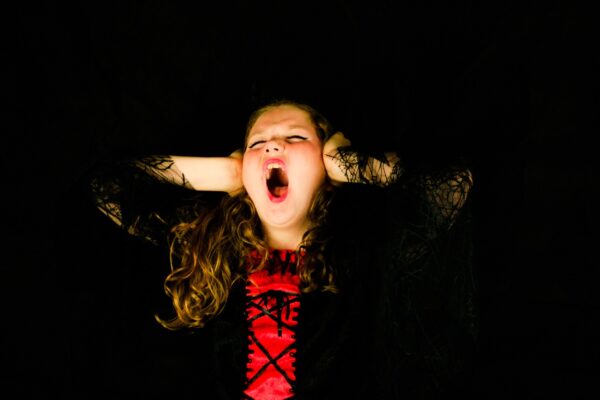Attention deficit hyperactivity disorder is a condition characterized by the inability to pay attention. It is a control impulsive disorder or behavior that can render you restless or constantly active. This means if you have the condition, it becomes quite difficult for you to control your physical energy, movement and to pay attention. The symptoms of ADHD varies from one individual to the other. It can affect children and adults and is a manageable condition.
It is vital to note that ADHD symptoms can be noted in early childhood. If left untreated, the symptoms continue to grow through adolescence and adulthood. Therefore, if you realize that you or child interrupt others often, you find it hard to pay attention or you are hyperactive and it is negatively impacting your life, you need to check with your doctor if you have ADHD.
Causes of ADHD
The cause of ADHD is an interaction of different factors. This includes non-genetic, genetic and environmental factors. The disorder can be caused by
- Alcohol use
- Smoking of cigarettes
- Use of drugs during pregnancy
- Genes
- Exposure to high lead levels and other environmental toxins at a tender age
- Brain injuries
- Low birth weight and much more
Symptoms and Warning Signs
ADHD symptoms and warning signs display a pattern that includes
- Hyperactivity
- Inattention and
- Impulsivity
With a combination of these symptoms, the way you function or develop can be negatively affected. This is why you should be keen on the symptoms whenever you suspect any of the above patterns. The other symptoms that you should never ignore include;
- Careless mistakes at home or at school including missing out vital details
- Problems paying attention in class, when conversing with someone or during long reading sessions.
- Failing to complete tasks at the workplace, at home or school
- Problems organizing activities, tasks and keeping personal items in order
- Problems in managing time
- Avoiding tasks at work or school that require mental effort for longer hours. This is common in kids, teens, and adults with progressed ADHD.
- Lose of interest in different activities such as returning calls, running errands and keeping appointments
- Misplacing items including wallets, cell phones, eyeglasses, books, and school supplies among others
Impulsivity and Hyperactivity Symptoms of ADHD
- Squirming when seated
- Inability to stay seated in the office or classroom
- Dashing around, running and climbing in inappropriate places
- Feeling restless even with hobbies
- Being constantly in motion and talking continuously
- Interrupting other people’s conversations and blurting out answers before the other party is done talking
- Trouble being patient when others are playing, conversing or engaging in various activities.
These symptoms and warning signs may not always mean that you have ADHD. However, it is crucial to seek medical help for proper diagnosis. A clinical psychologist, pediatrician, a primary caregiver, and a psychiatrist will evaluate your condition to determine if it’s ADHD or not.
Diagnosis
ADHD can be detected at elementary school. It is easy to tell if a child is hyperactive, doesn’t have an interest in certain activities and is often having trouble concentrating. This can grow to teenage and adulthood. Even though there are no specific tests for this condition, doctors evaluate to rule out vision and hearing impairments.
Similarly, evaluations help to rule out sleep disorders, depression, anxiety, and learning disabilities among others. In this case, a doctor will ask questions for the one suspected to have ADHD and the caregiver on behavioral history for a proper and accurate diagnosis. In children, there has to be an exhibit of inattention and high energy levels bearing in mind that most kids are naturally active.
Therapy and Treatment of ADHD
Often, medication is given to reduce impulsivity, hyperactivity, and inattention for kids and people with ADHD. The medication includes the use of;
- Stimulants to boost brain chemical dopamine levels to help improve attention and thinking
- Non-Stimulants to improve attention, focus, and impulsivity. This is effective if stimulants don’t work. Some of the most common non-stimulant medications for ADHD include guanfacine and atomoxetine.
- Antidepressants for adults only
Therapy
Therapies are also used for the treatment of ADHD A therapy plan can be designed based on individual needs. In children and teens, therapy by healthcare providers and caregivers or parents helps them to concentrate, stay organized and to participate in activities that enhance their normal growth.

